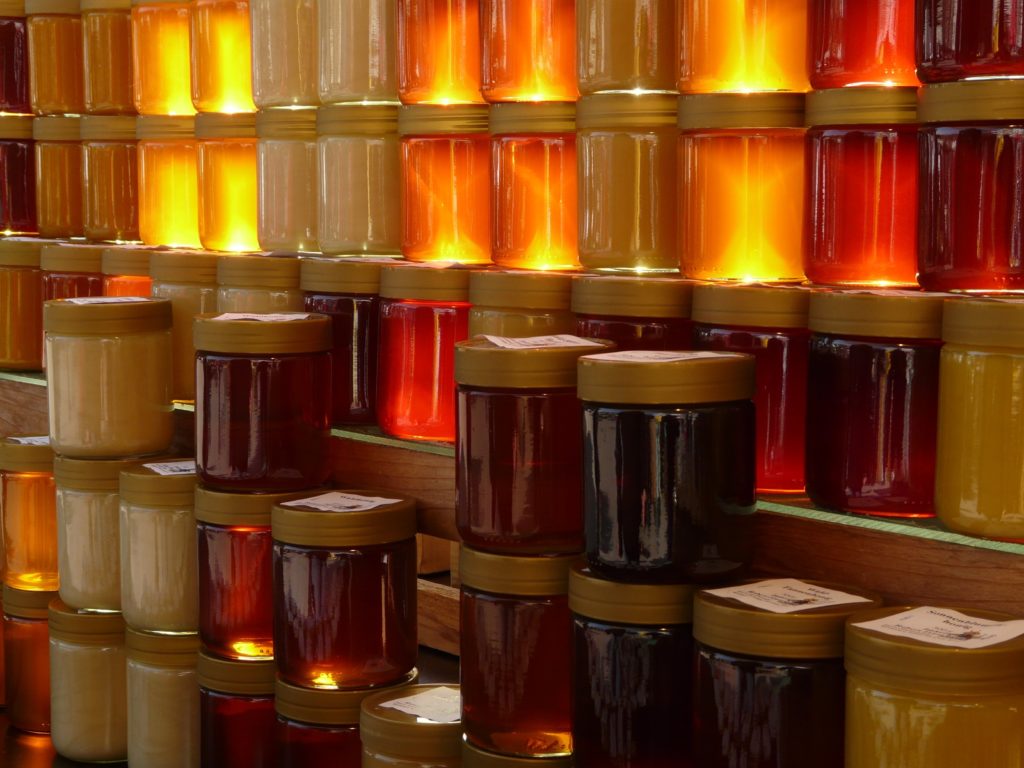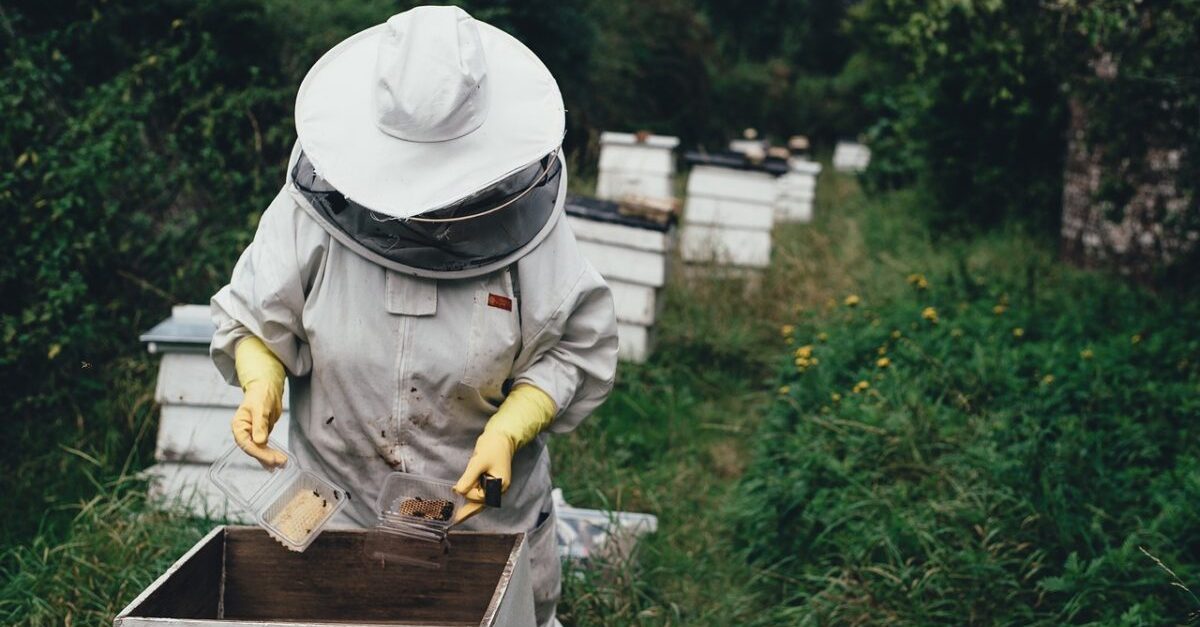By Chelsea May, Martec Project Manager
Almost every weekend I find myself, as many others do, scrolling through Netflix looking for something to watch. This past weekend I stumbled upon a made-for-Netflix docuseries: Rotten. Professionally and personally I have a love for all things food related, so I was already hooked. Little did I know this series would be so closely related to some of the deep dive food market level work we do at The Martec Group. Rotten is a 6-episode series that explores the food supply chain, all the while revealing unsavory truths about the food products we eat every day in the US. Over the next few weeks, I will be diving into the markets each episode explores, revealing some of the most interesting facts about the industries behind the food we eat that Rotten uncovers. First up, episode 1 takes us through food fraud and the highs and lows of the US honey market.
As we have covered previously, consumers are becoming highly conscientious of the food they eat, and the demand for natural and healthy foods is higher than ever before. This cultural shift has driven the demand for products like honey, because “more of us are wanting to buy food we know the source of [and] honey is perfect for a food-enlightened culture” (Rotten). Beekeepers from all over the US have seen the demand for honey skyrocket, with the worldwide honey demand rising by 40 million pounds every year. According to the documentary, “honey is a natural product, so the name of honey alone is an added value for producers. Food producers are switching from sugar to honey to appeal to consumers.” Not only are consumers choosing to buy honey, but they are also more interested in products such as bread, yogurt, and cereal that are being produced with honey as an ingredient.
Further adding to this burden for the bees is the rising demand for an unexpectedly connected market: almonds. As a result of the growing trend toward healthy eating, the demand for almond-based products is increasing much like the demand for honey. In 1990, California had 400,000 acres of almond orchards. Now, in 2019, there are over 1 million. The almond farmers need the trees to blossom to produce the almonds they need – that’s where bees come in. Beekeepers are hired to bring hives to almond orchards to pollinate the trees so that almonds will grow. Bees have become dependent on the almond industry and vice versa. Beekeepers and almond growers now have a symbiotic relationship to grow their markets, something the average consumer is not able to see happening.

Beekeepers are facing a difficult situation, though. Industrial farming has reduced the amount of pollinating plants, therefore causing the loss of 50% of bee colonies per year in the US alone. The decrease in colonies, combined with the high demand of natural honey-based products, should have caused a shortage in honey. However, in 2018 the US actually had a surplus of honey due to the high volumes of Chinese honey being imported. This might sound like a saving grace, but Chinese beekeepers have been discovered to be cutting their honey with products such as corn syrup, sugar cane, and rice syrup to earn a higher profit on a cheaper product. These syrups don’t exactly qualify these products as ‘clean’ or ‘natural’. As stated by the Beekeepers, “we need to protect our consumers and tell them what they’re paying for.” This discovery of adulterated honey led to a full-blown government investigation of the market that left a trail of scandal all throughout the value chain.
In 2008, Project Honeygate started, and ended up becoming the largest case of food fraud in US history. The US government discovered that 85-90% of the honey that the largest importer of honey was bringing in was part of criminal schemes, i.e. Chinese imported honey. Overall, 27 people were charged with fraud for importing and selling honey that was adulterated. We’ve repeatedly heard how transparency in food is becoming increasingly important, and instances like the nationwide food fraud found during Honeygate are examples of the driving forces behind this new initiative. This thorough and far-reaching investigation that revealed the massive fraud in the honey market is not unlike the due diligence we at the Martec Group have had to perform during our market exploration research.
Although we are not performing government investigations, our own due diligence research can reach the depths of the market analysis behind Honeygate. Understanding value chains of markets can be tedious work, but insight on market behavior can drive key business decisions – like knowing you should hire a beekeeper to pollinate your trees! Their relationship will help both markets but earning honey consumer’s trust after a food fraud battle will be a long-term effort. As a Montana honey producer stated, “Beekeepers must try to convince consumers they have a clean, healthy, natural product.” As clean label regulations develop, and transparency increases, producers may earn trust more quickly – or we may see the next Honeygate unfold.
Rest assured, Martec is always keeping an eye on these changing trends within the food industries and many others. While 2018 was the year of clean and healthy food options, 2019 is shaping out to be the year of increasing transparency in food products.
Want more? Contact us for a case study.




